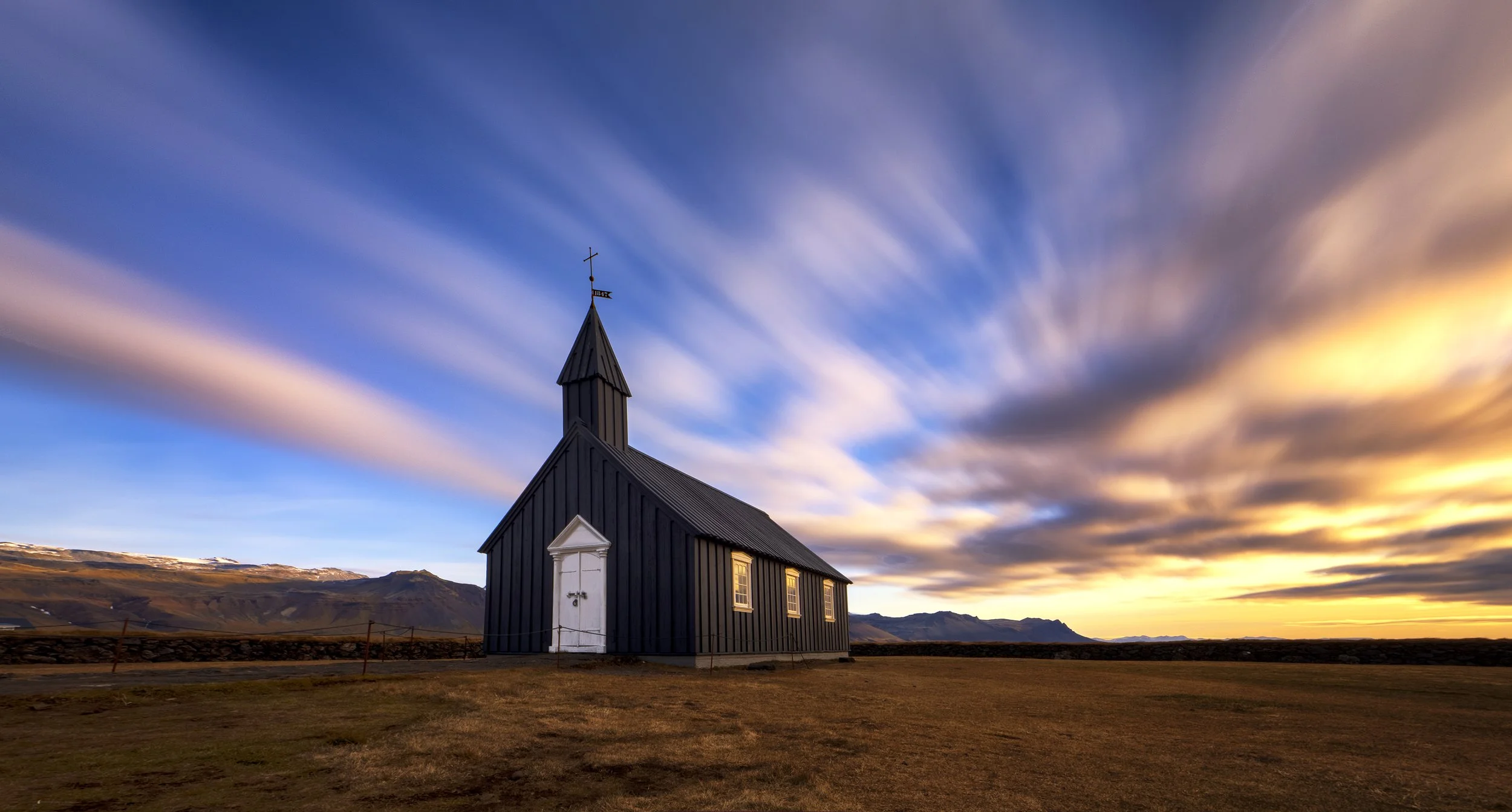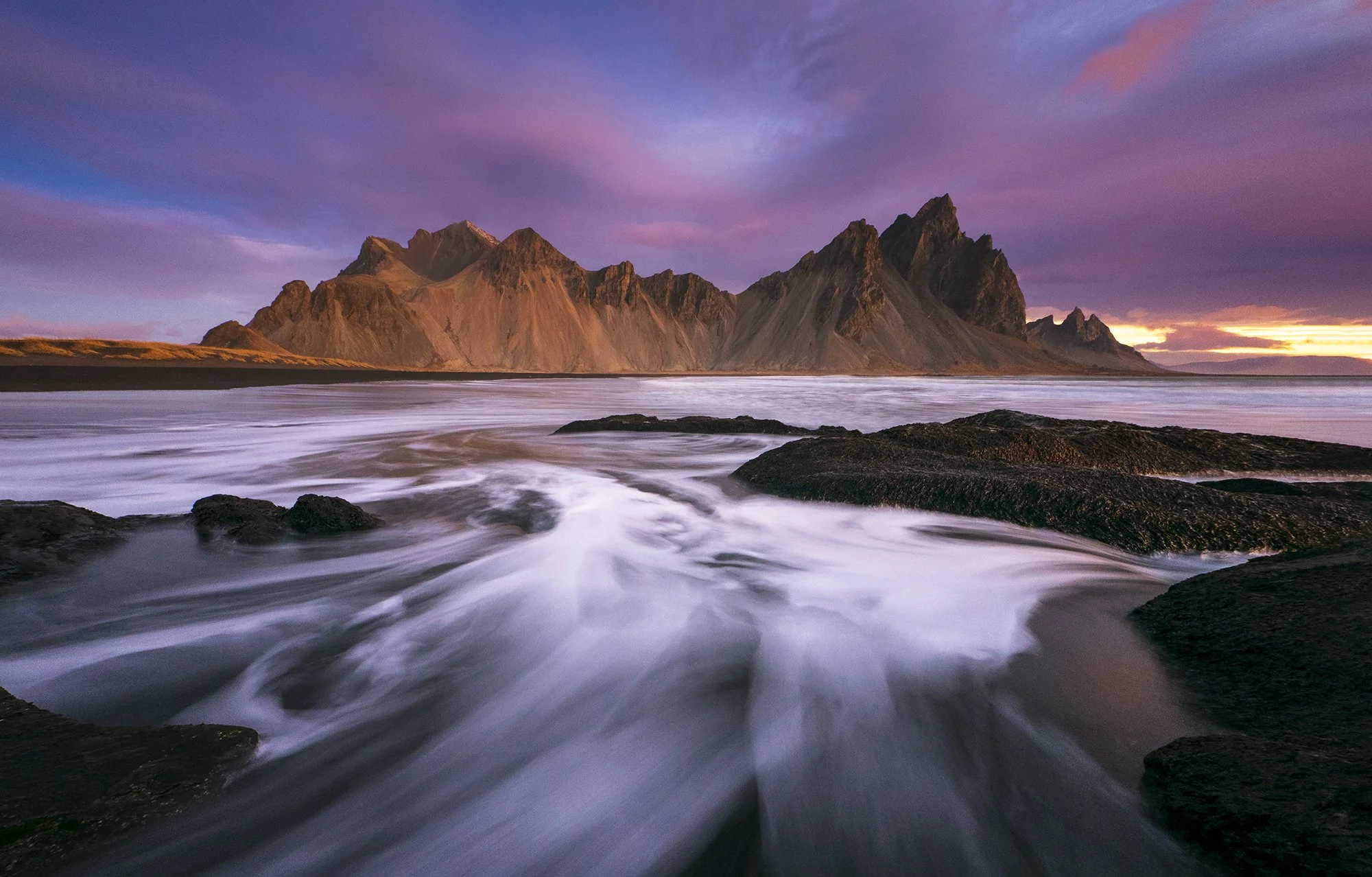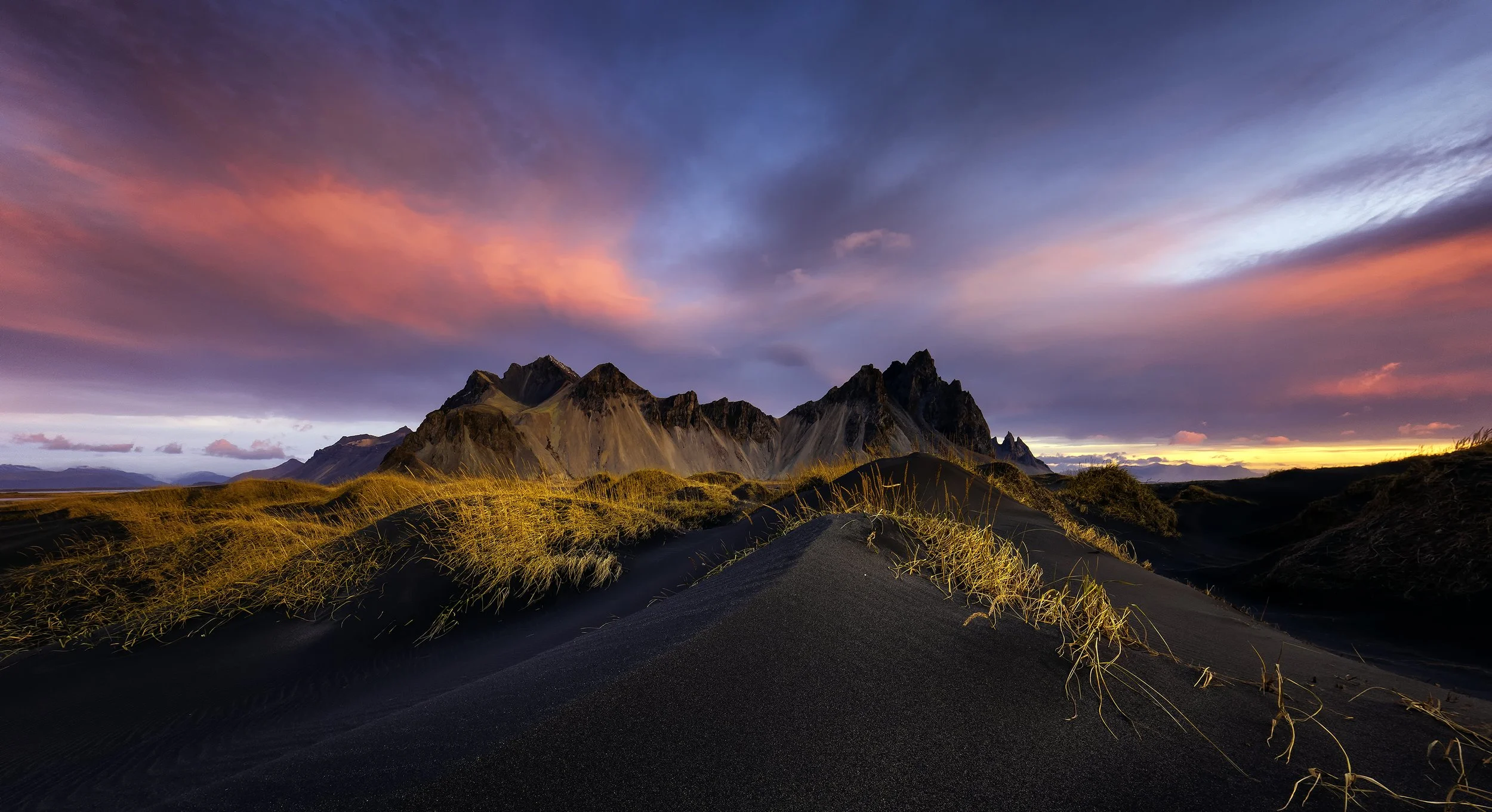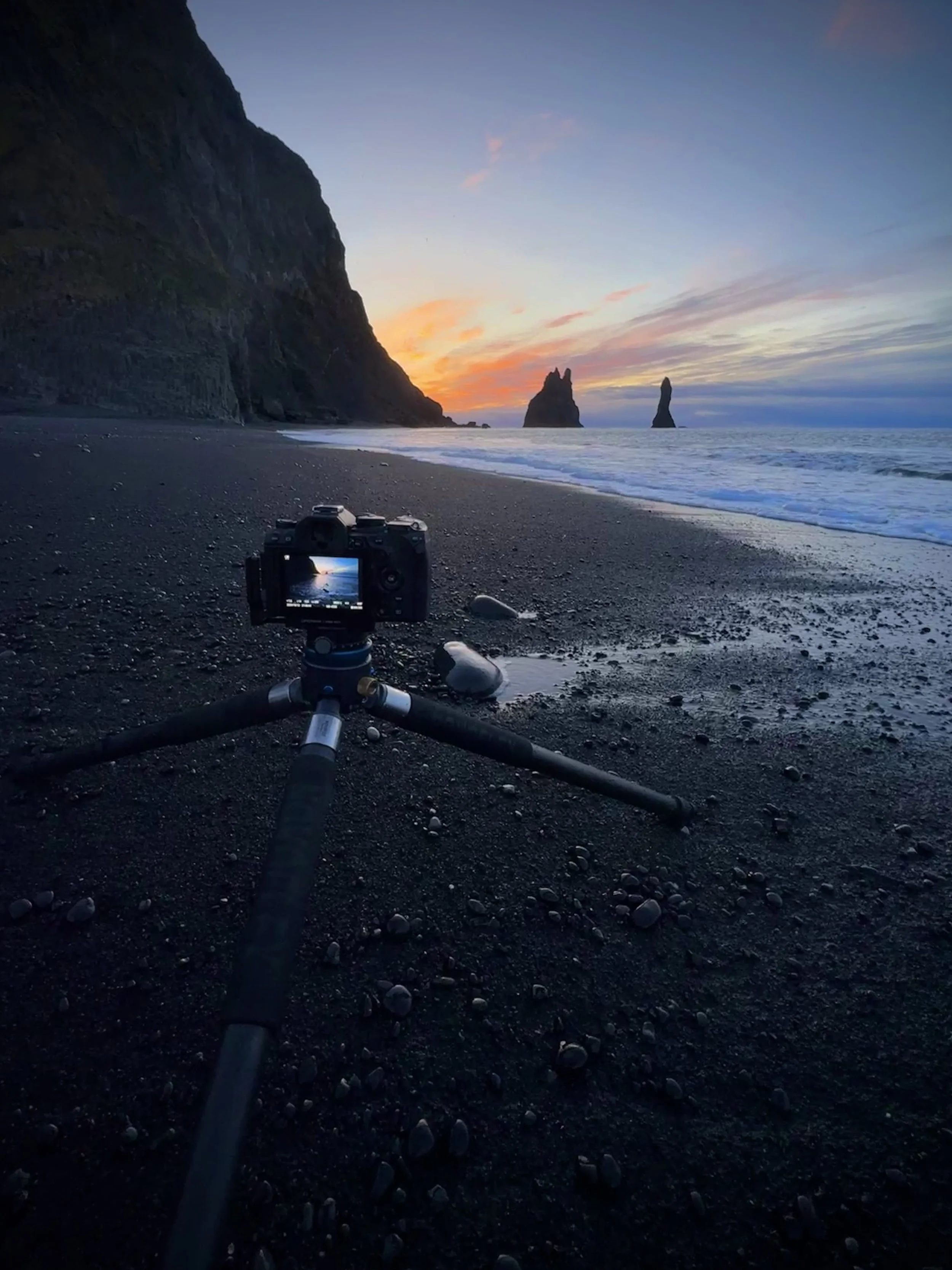OM 1 Mark II Camera Review: A Panoramic Photographer's Companion in Extreme Conditions
As a panoramic landscape photographer who has traveled extensively across the globe, I have had the opportunity to test various cameras in some of the most demanding environments. My recent experiences, particularly high in the mountains during winter, autumn, and spring, have solidified the OM 1 Mark II as my go-to camera. Equipped with just a single lens—the versatile 16-50mm f4—this camera has proven to be an indispensable tool in my kit.
Lightweight and Ergonomic Design
Iceland’s rugged terrain demands gear that is lightweight yet robust, and the OM 1 Mark II fits the bill perfectly. Whether trekking across glaciers, hiking along volcanic formations, or standing knee-deep in icy waters for the perfect shot, the camera’s compact and ergonomic design is a lifesaver. Carrying gear for hours on end while traversing black sand beaches or climbing to vantage points becomes far easier with the OM 1 Mark II, which significantly reduces the load compared to heavier setups.
The intuitive button layout allows me to quickly adjust settings without fumbling through menus, a crucial feature when you need to act fast to capture a fleeting moment—such as a break in the clouds revealing a snow-capped peak or the Northern Lights dancing across the sky. Even with gloves on, the camera remains comfortable to hold, and the design ensures I don’t miss any shots, even when conditions are tough.
Built-in ND and Graduated Filters: A Game-Changer for Iceland’s Changing Light
Iceland is notorious for its rapidly shifting weather, and the OM 1 Mark II’s inbuilt neutral density (ND) and graduated filters are game-changers in this regard. With the unpredictable interplay of light and shadows over Iceland’s glaciers, waterfalls, and mountains, the ability to control exposure directly through the camera without needing external filters is invaluable.
The ND filter enabled me to capture silky long exposures of powerful waterfalls like Skógafoss and Gullfoss, even under bright conditions. Meanwhile, the graduated filter was crucial for balancing the exposure of the often overcast skies against the dark volcanic landscape, helping create well-composed, balanced shots even in tricky lighting conditions.
Having these filters built into the camera means I don't have to carry additional accessories, further lightening my load and simplifying my setup. This integration not only saves space in my bag but also eliminates the hassle of attaching and detaching external filters, which can be cumbersome and time-consuming, especially in harsh weather conditions.
Versatility of the 16-50mm f4 Lens
The 16-50mm f4 lens was the perfect match for Iceland’s wide variety of landscapes. From the sweeping expanses of the highlands to more intimate scenes like the icebergs of Jökulsárlón lagoon or the textures of moss-covered lava fields, this lens captured every detail. Its versatility allowed me to transition between expansive wide-angle shots of glaciers and close-up compositions of Icelandic horses without the need to change lenses, saving me time and keeping me focused on the moment.
Performance in Extreme Conditions
Iceland’s weather is known to be unpredictable, with sudden rain, wind, snow, and even sandstorms on occasion. The OM 1 Mark II’s weather-sealed design performed flawlessly in these conditions. From standing on windy cliffs at Reynisfjara beach to capturing long exposure shots of Kirkjufell mountain in the cold rain, the camera never missed a beat. The battery life was impressive, even when shooting in freezing temperatures, allowing me to continue photographing throughout the day without concern.
The camera’s exceptional low-light capabilities also stood out during nighttime shoots, especially when capturing the Northern Lights. The sensor’s performance ensured that even in the darkest conditions, the results were sharp and detailed, preserving the ethereal beauty of the aurora as it danced across the Icelandic skies.
Conclusion
Iceland's dramatic landscapes and ever-changing weather put the OM 1 Mark II to the test, and it excelled in every scenario. Its lightweight build, intuitive design, and built-in ND and graduated filters made it an ideal companion for capturing the essence of this wild and unpredictable land. The 16-50mm f4 lens added versatility to my kit, handling everything from panoramic vistas to intricate details with ease.
Whether you're navigating icy fjords or photographing the powerful waterfalls that define Iceland’s landscape, the OM 1 Mark II is a reliable and versatile tool that any landscape photographer will appreciate. It’s an essential camera for anyone looking to capture the raw beauty of the natural world in its most extreme forms.





